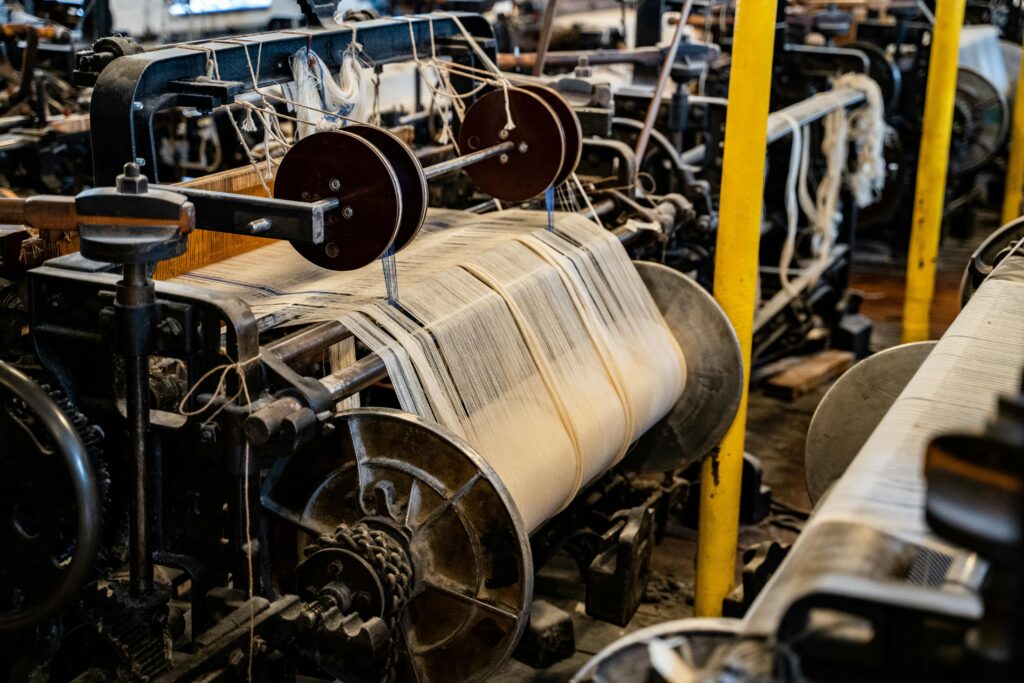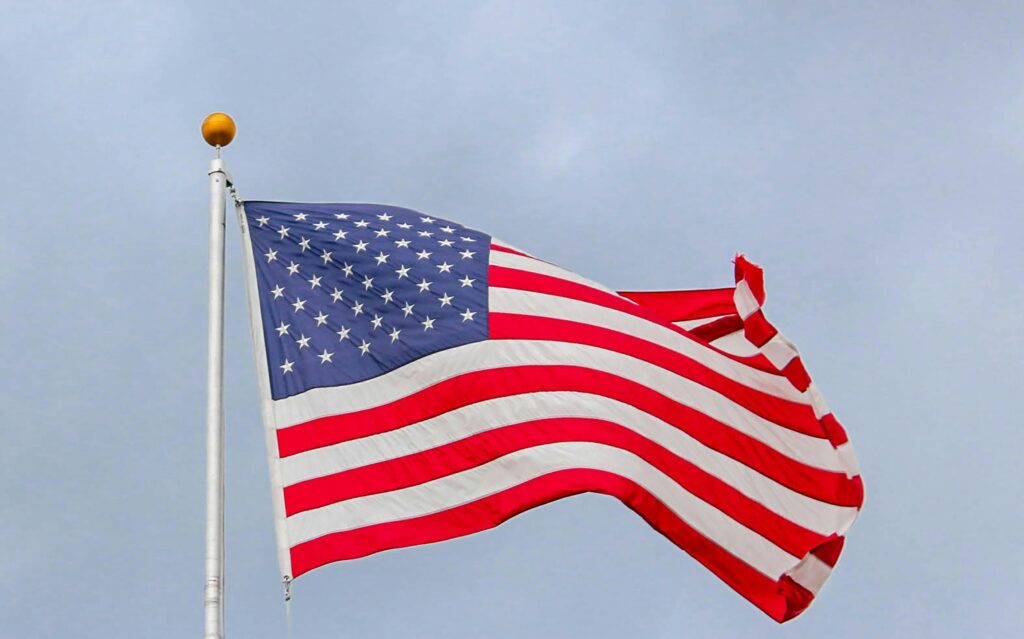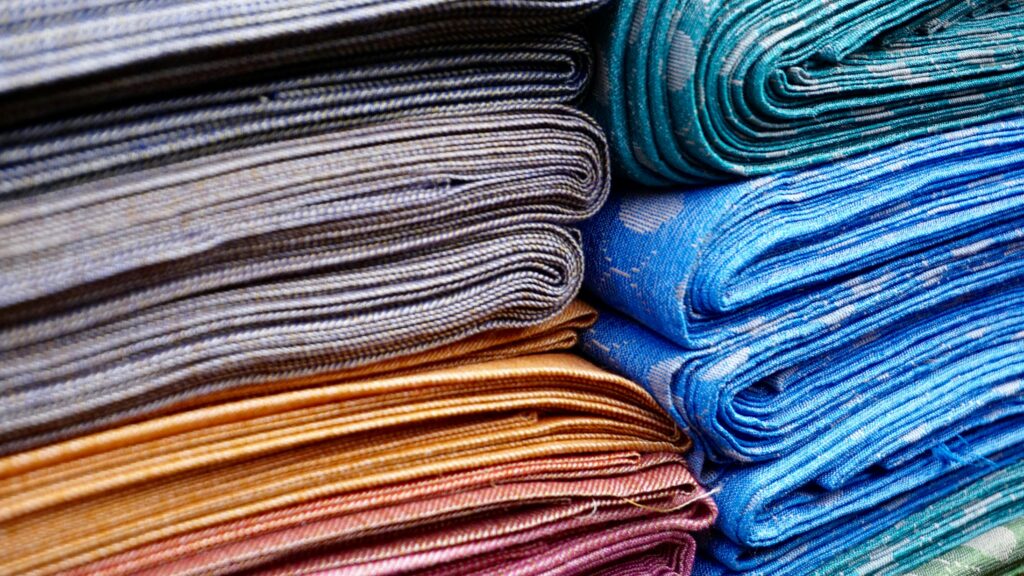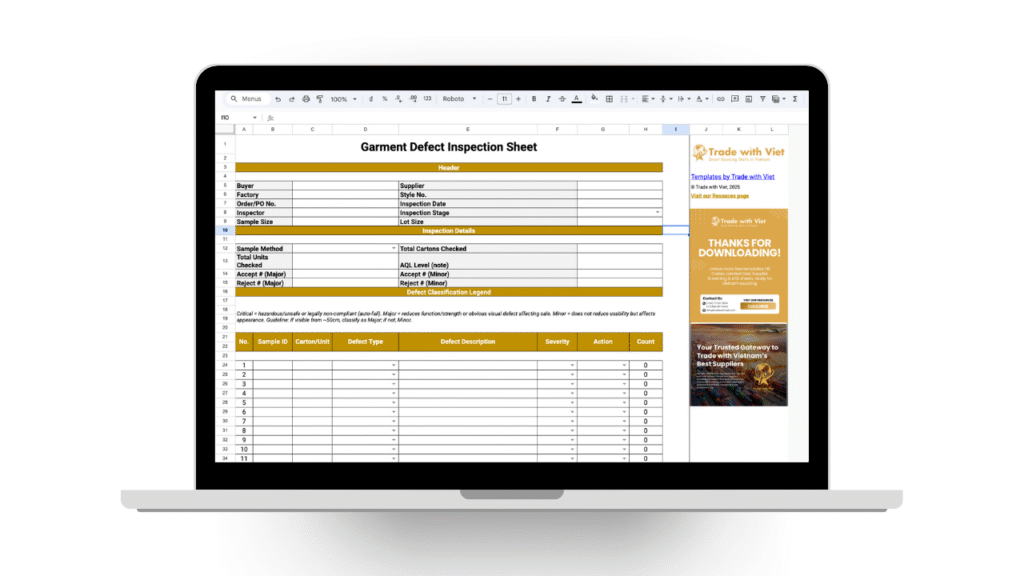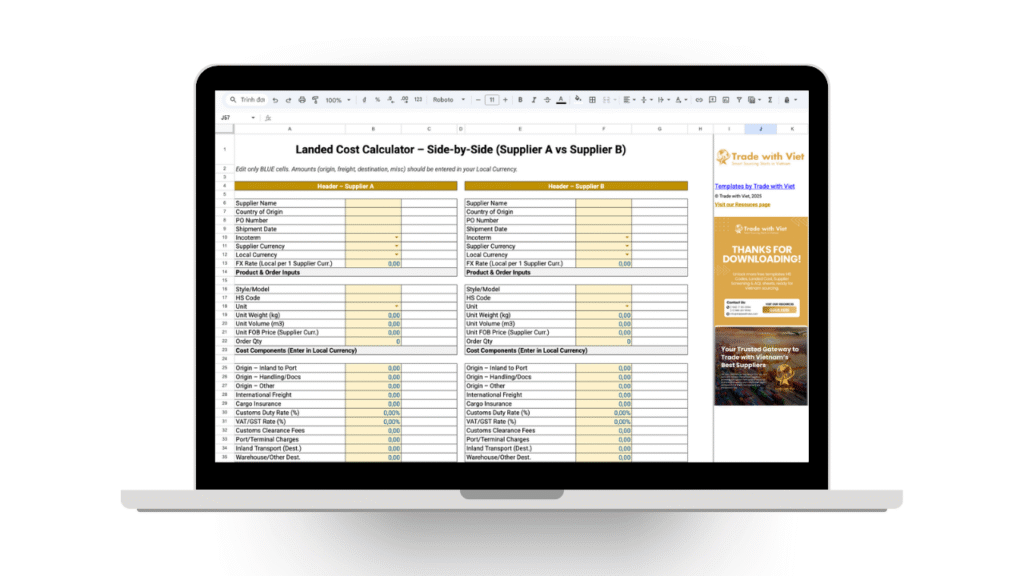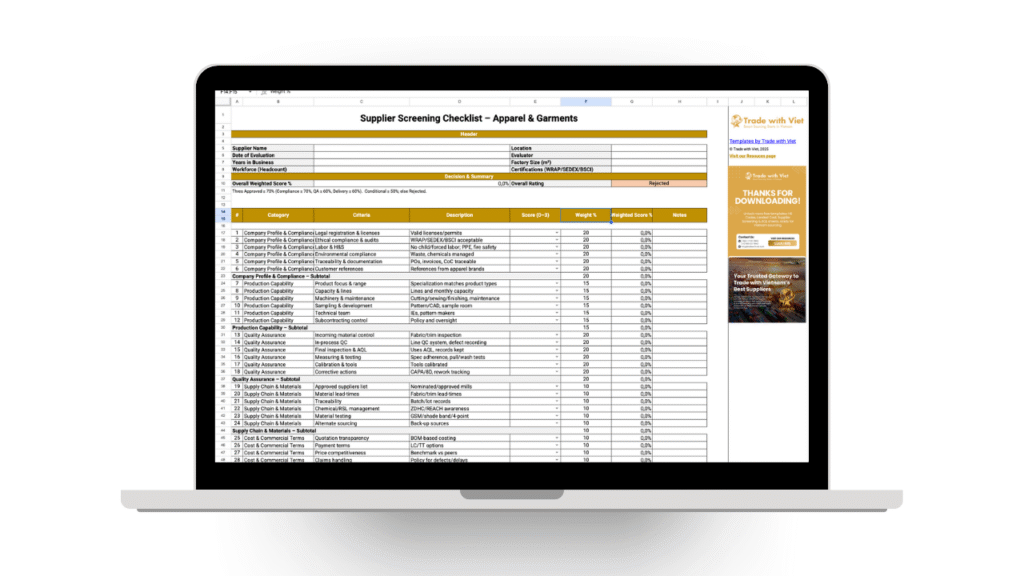The Vietnam Advantage
Vietnam is a global powerhouse in textiles & apparel. To fully leverage its FTAs and avoid surprise duties, you must classify products correctly under the Harmonized System (HS).
≈$44B
Textiles & Apparel Exports (2024)
Industry rebounded in 2024 (VITAS/industry data; USDA FAS notes ~$42B).
16+ FTAs
Signed / In Effect
Across 60+ partners (EVFTA, CPTPP, RCEP, UKVFTA, etc.).
Top 3
Global Apparel Exporter (2024)
Consistently among the leaders worldwide.
Anatomy of an HS Code: A T-Shirt’s Journey
Each digit narrows the product’s identity. For a men’s cotton T-shirt, the code highlights apparel type and dominant fiber—driving tariff treatment.
61
Chapter
Apparel, knitted or crocheted.
09
Heading
T-shirts, singlets, and vests.
10
Subheading
Of cotton (predominant fiber).
Navigating the Compliance Minefield
“Yarn-Forward” Rule in Practice
For many FTAs (e.g., CPTPP, EVFTA), yarn-forward rules require the yarn and later stages to be produced within member countries to qualify for preferences.
Common Classification Risks
Typical errors we see across apparel programs.
Your Roadmap to a Resilient Supply Chain
Technical File Deep-Dive
Verify composition, construction & samples before classifying.
Seek a Binding Ruling
For high-value or ambiguous items, rulings de-risk disputes.
Build a Digital Twin
Link each SKU to docs, rulings, and classification history.
Proactive Audits
Quarterly checks against the latest tariff schedules.

AI-Powered HS Code Co-Pilot
Describe your product. The co-pilot suggests a likely 6-digit HS code with short reasoning. Guidance only—confirm with customs.
Sources (last reviewed 2024–2025):
- Vinatex / VITAS updates on 2024 export target (~$44B).
- USDA FAS (2025 Cotton & Products Annual) notes ~$42B in 2024, +11% YoY.
- Vietnam Briefing — summary of Vietnam’s FTAs (16+ in effect; 18 incl. planned).
- MOIT VNTR — CPTPP textile rule of origin (yarn-forward / 3-stage).
